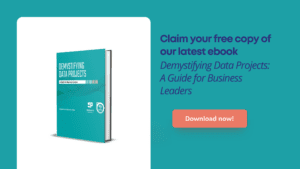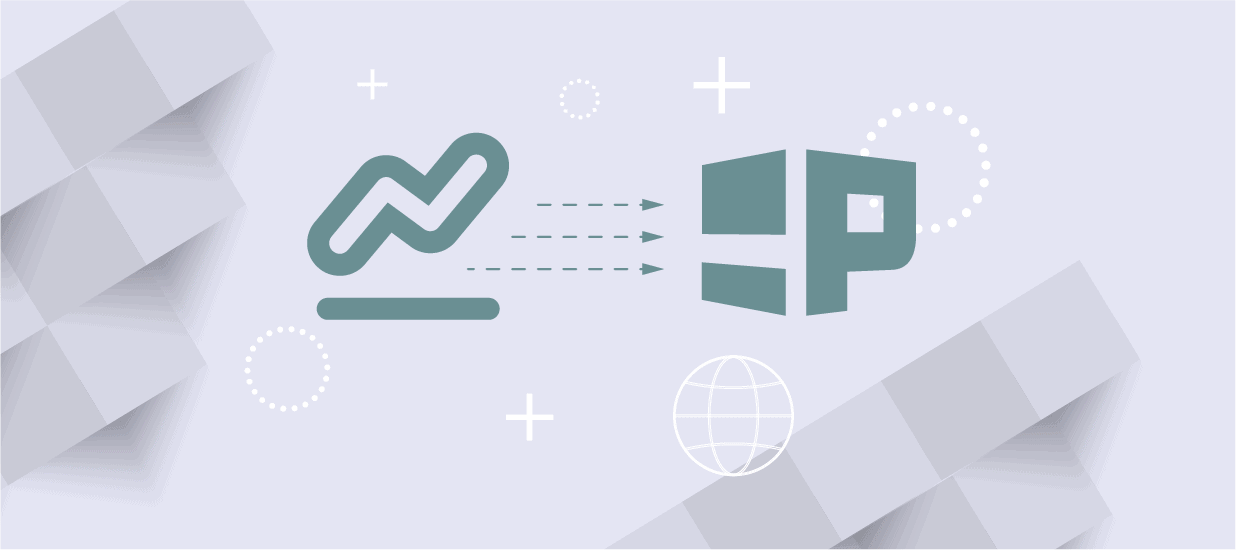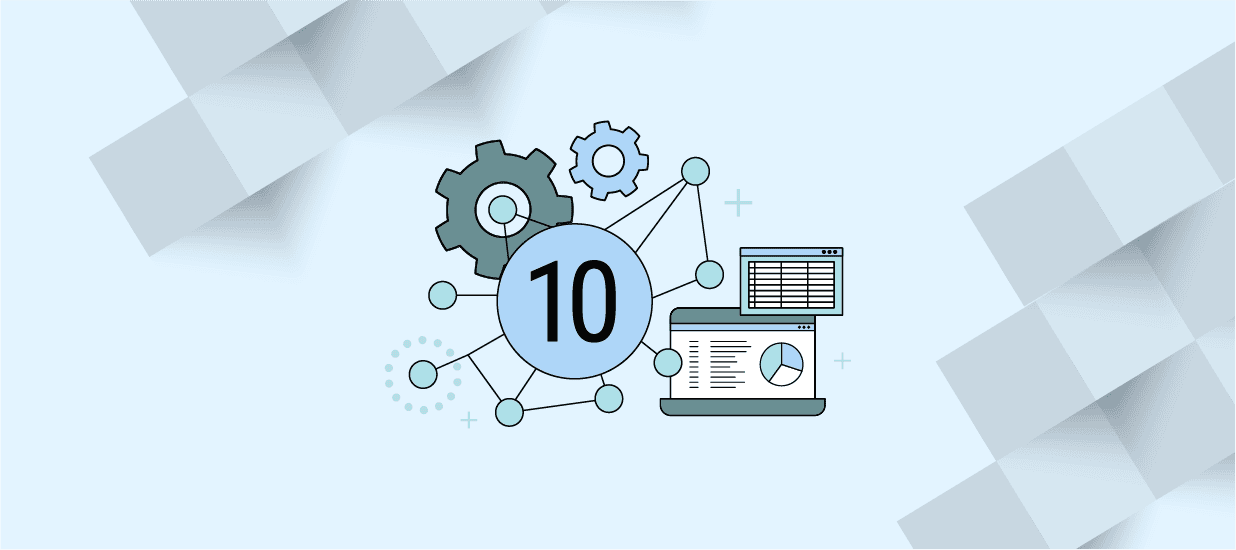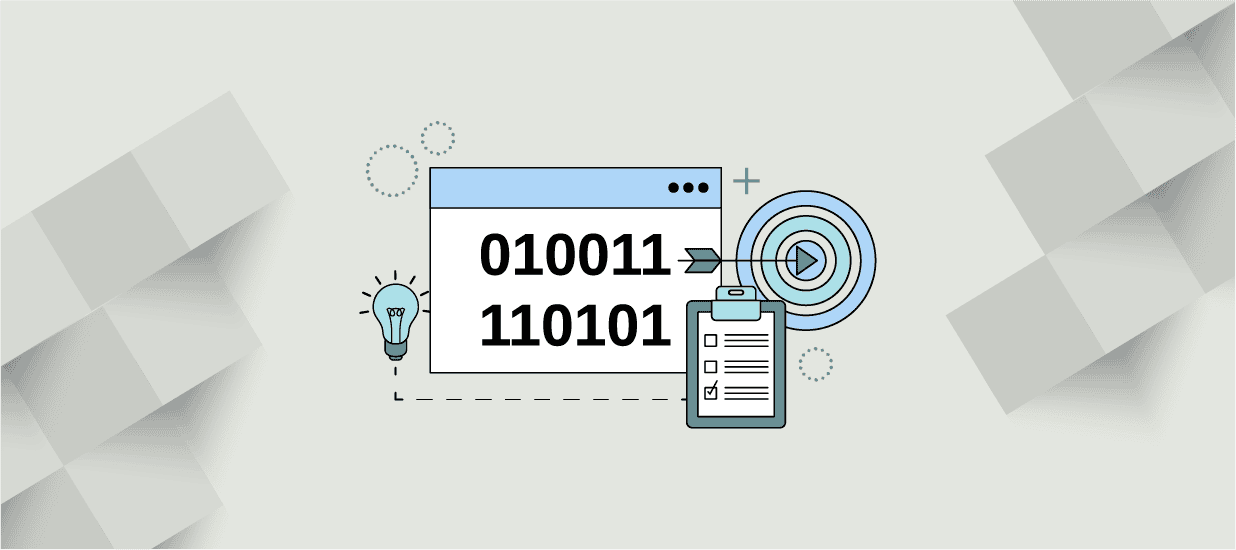Imagine visiting a new restaurant. You’re browsing the menu and you’re deciding between dinner options: chicken or fish.
You can see the chicken is $13 and the fish is $17. You also notice the restaurant makes the calories of the dish available. The chicken plate is 1200 calories and the fish is 800. You’ve made health your top priority this year, so you choose the fish despite it being more expensive because it serves a long-term goal.
Same scenario, but this time there are no prices and no calories listed. Since you don’t know this information, you think about your experience with these types of meals. Chicken is usually cheaper at most restaurants, so you choose the chicken. You didn’t even consider calories because it was information that would be too hard to measure without more details.
Calories and prices are data points, so in the first situation, you are making a data-driven decision. In the second situation, you are utilizing your experience and intuition.
This same concept applies to business decisions. When we don’t have the data, it’s not that we make wrong decisions, but we might make different ones with the information we do have.
Now, let’s say you asked the server, “which of the dishes has fewer calories: chicken or fish?” The server tells you it is the dish with the fish. Then, because you asked a question relevant to your long-term goals, you can adjust your decision.
Sometimes, when we’re brainstorming business questions for data analysis, we don’t know what has the biggest impact on business strategy.
This article outlines a variety of business questions, and you can collect the ones that are most relevant to your organization’s long-term goals.
You’ll notice how similar questions are slightly modified to fit the question type. You can use this strategy to dig deeper in any topic from decisions to increase revenue to marketing strategies.
>> Psst, Take a Peek at This New Ebook: Demystifying Data Projects Ebook
Descriptive Questions
When you want to know what has happened, you’re asking descriptive questions. While these help you understand the past, it’s good to keep in mind that the past isn’t a perfect predictor of the future.
1. What were the sales during the second quarter of this year?
2. How do sales during the second quarter of this year compare to the second quarter of last year?
3. Which sales collateral is viewed most often?
4. Who are the top-performing sales professionals?
5. What is our largest customer segment?
6. What was the most successful marketing campaign last year?
7. What do our best-performing employees have in common?
8. How many new features did our competitor launch last year?
9. How many conversions came from social media?
10. Which social media platform delivered the highest ROI last year?
Diagnostic Questions
When you want to understand why something happened, you’re asking diagnostic questions.
11. Why were sales from the second quarter of this year higher than sales from the second quarter of last year?
12. Why did this sales collateral outperform engagement compared to other sales collateral?
13. What were our expenses last quarter?
14. Why does one customer segment engage with us more than other customer segments?
15. Why did this marketing campaign underperform?
16. Was compensation a leading factor contributing to last year’s turnover rate?
17. Are there any unnecessary steps in the process we uncovered during our last launch?
18. Why did our customers switch to a competitor’s product?
19. Why did we miss our revenue benchmarks last quarter?
Predictive Questions
When you want to prepare for the future, you might ask predictive questions. This is a strategic approach that uses past data and trends to understand future possibilities, but data isn’t a crystal ball. Predictions aren’t certain, but they can inform decisions.
20. What are the projected sales last quarter of this year?
21. What will be the growth of our smallest customer segment this quarter?
22. What are our projected expenses for the year?
23. If we do a marketing campaign that utilizes new social platforms, we’ll increase organic reach.
24. How many employees are likely to leave the company for new opportunities this year?
25. How many new competitors are expected to enter our marketplace in the next 18 months?
Prescriptive Questions
If you’re asking what will happen if we make a specific decision, then you’re asking prescriptive questions. These types of questions are robust and powerful if you know what to ask and where to find the data. Answers leverage a combination of past events, future predictions and market experience.
26. Will we increase sales if we lower our prices?
27. How much can we increase prices and still retain our largest customer segment?
28. What is the right amount of time between the initial contact with a prospect and the first follow-up to increase the likelihood of a sale?
29. To reach a different customer segment, should we include Instagram in this year’s marketing campaign?
30. If we hire based on personality type versus previous experience, will we reduce employee turnover?
31. To reduce expenses by 10%, should we audit and eliminate redundant subscription-based services across departments in the organization?
32. How do I maximize employee productivity?
What These Business Questions for Data Analysis Tell You
Hopefully, what the questions listed in this article do is inspire you with new areas you can start thinking about business-driven data analysis.
The next steps would be using some of the questions (or creating new ones) and making a version of the question that is descriptive, diagnostic, predictive and prescriptive. This exercise will lead you to better data to inform your decisions.
Translate Data Insights into Business Strategy
Do you want to learn more about the problems you can solve with data, and how to leverage your findings to make better decisions?
Learn how business leaders and data practitioners contribute at each stage of data projects to drive results that have a real impact on your organization in our new course:
Data Science for Business Leaders
You’ll also learn how to partner with data professionals to uncover business value, make informed decisions and solve problems.
Author
-

The Pragmatic Editorial Team comprises a diverse team of writers, researchers, and subject matter experts. We are trained to share Pragmatic Institute’s insights and useful information to guide product, data, and design professionals on their career development journeys. Pragmatic Institute is the global leader in Product, Data, and Design training and certification programs for working professionals. Since 1993, we’ve issued over 250,000 product management and product marketing certifications to professionals at companies around the globe. For questions or inquiries, please contact [email protected].
View all posts









